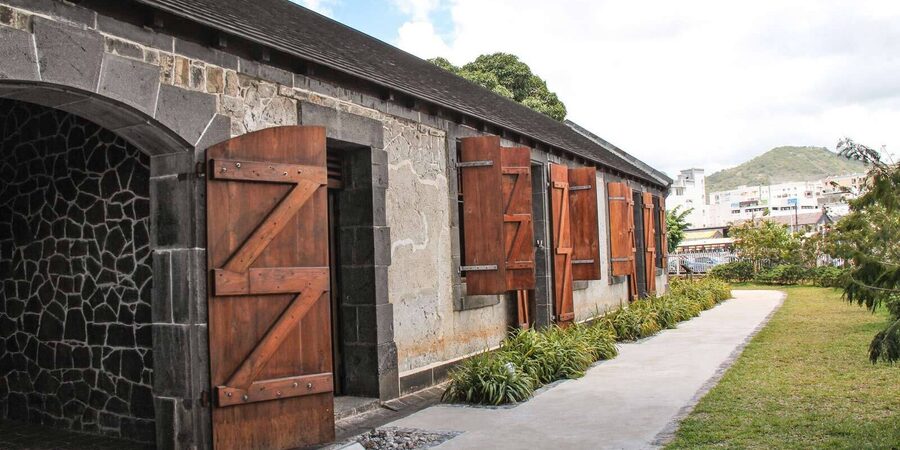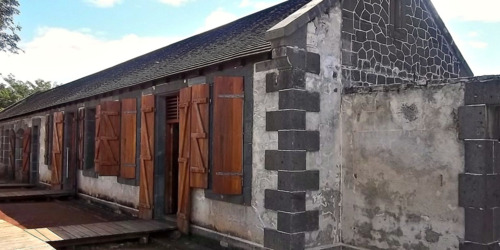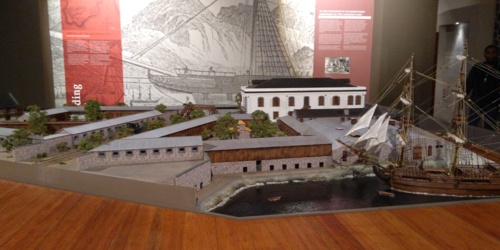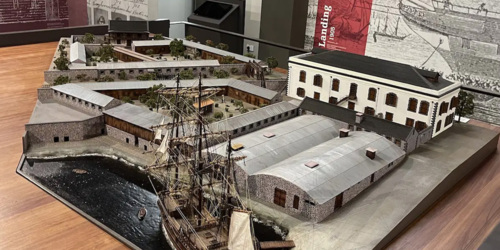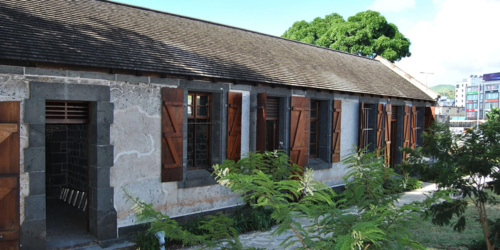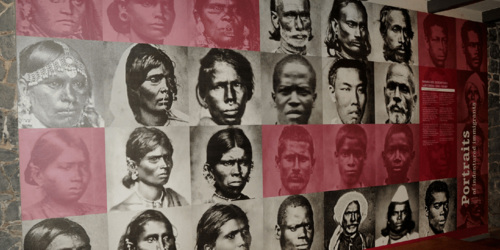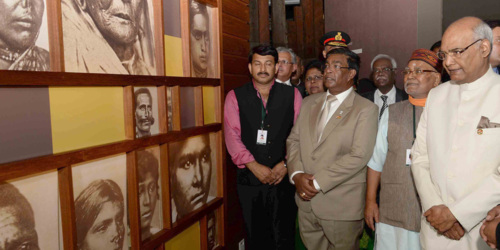The Aapravasi Ghat Depot was built in 1849 to receive indentured labourers from India, Eastern Africa, Madagascar, China and Southeast Asia to work on the island’s sugar estates as part of the "Great Experiment". This experiment was initiated by the British Government, after the abolition of slavery in the British Empire in 1834, to demonstrate the superiority of ‘free’ over slave labour in its plantation colonies. The success of the 'Great Experiment' in Mauritius led to its adoption by other colonial powers in the 1840s, resulting in a worldwide migration of more than two million indentured labourers, of which Mauritius received almost half a million.
The buildings of Aapravasi Ghat are among the earliest explicit manifestations of what would become a global economic system. The Aapravasi Ghat site is a major historic testimony of indenture in the 19th century and is the only surviving example of this unique modern diaspora. It represents not only the development of the modern system of contractual labour but also the memories, traditions and values that these men, women and children carried with them when they left their countries of origin to work in foreign lands and subsequently bequeathed to their millions of descendants for whom the site holds great symbolic meaning.
The buildings of Aapravasi Ghat are among the earliest explicit manifestations of what would become a global economic system. The Aapravasi Ghat site is a major historic testimony of indenture in the 19th century and is the only surviving example of this unique modern diaspora. It represents not only the development of the modern system of contractual labour but also the memories, traditions and values that these men, women and children carried with them when they left their countries of origin to work in foreign lands and subsequently bequeathed to their millions of descendants for whom the site holds great symbolic meaning.

